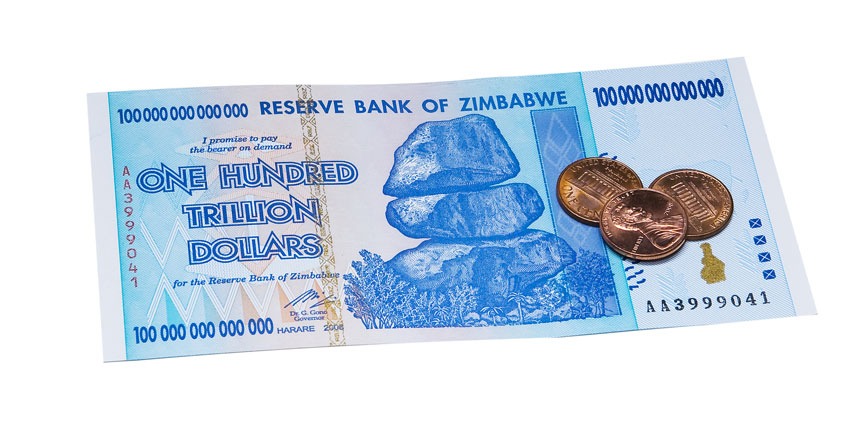Bellevue 425-454-1283 · Lynnwood 425-672-2646 · Issaquah 425-392-0450 · Tacoma 253-328-4014

There’s been a lot of talk about inflation recently, and what investors can do to protect themselves should the United States enter an inflationary period. Throughout history, investing in gold and precious metals has provided a great hedge against inflation, because when inflation pushes the dollar lower, gold typically increases in price.
While inflation does have serious economic effects on both businesses and individuals, catastrophic hyperinflation — when prices rise more than 50% every month — has never happened in the United States. However, history shows us many frightening examples of what can happen when hyperinflation takes hold of an economy.
Hungary
Imagine this: each day when you go to the store, the price of everything has doubled. That’s exactly what happened in the worst case of hyperinflation ever recorded. In the first half of 1946, prices in post-war Hungary doubled about every 16 hours. By June, the government had begun printing 100,000,000,000,000,000,000 (one hundred quintillion) pengo bills — and by the time the currency was replaced in August, the total of every single pengo note in existence equaled about 1/1000th of a U.S. dollar.
Germany
In 1914, Germany abandoned the gold standard and began financing their military through borrowing instead of taxation, which is a sure road to inflation. By October 1923, in the twilight of the Weimar Republic, rampant hyperinflation had taken hold of the country. Prices were doubling more than every four days, and a currency that had once been exchanged at a rate of 4.2 to the U.S. dollar had plummeted to 238 million to the dollar.
Yugoslavia
Unrest in the Balkans between 1993-1995 played havoc with the Yugoslavian dinar, causing prices to double almost every 34 hours during one period in January 1994. Eventually, most businesses simply adopted the German Deutsche Mark as their unofficial currency. After a number of revaluations of the dinar, the currency finally stabilized, but not before irreparable damage had been done to the social structures and economic confidence of the country.
Zimbabwe
Zimbabwe’s currency difficulties — which became so dire that shops in the country simply refused to take the currency — peaked in November 2008 when prices doubled almost every 24 hours. On one day the price for a simple loaf of bread skyrocketed from $2 million to $35 million. The inflation, caused by several decades of governmental mismanagement, finally came to an end when the Reserve Bank of Zimbabwe tied the country’s currency to the U.S. dollar.
Greece
The damages caused by World War II caused Greece’s worst case of hyperinflation, which began in October 1943, but came to a head as the Greek government regained control of the country from the German occupiers. By November 1944, prices were doubling every 4.3 days and the government had to step in to revalue the currency. These efforts were fairly successful and by 1947, prices had stabilized and Greece was on the road to economic recovery.
If you’re interested in learning more about investing in gold or other precious metals during this time of economic uncertainty, come talk to the gold experts at West Seattle Coins and Bellevue Rare Coins in West Seattle, Bellevue and Lynnwood.
West Seattle Coins and Bellevue Rare Coins specialize in gold buying and dealing in rare coins. We are a family-owned business that was first established in 1979 and is now located in West Seattle, Bellevue and Lynnwood. We also buy and sell gold, silver, diamonds, currency and jewelry. Visit us first for a free evaluation.
Did you like this post? Share it with your friends or like it on Facebook.